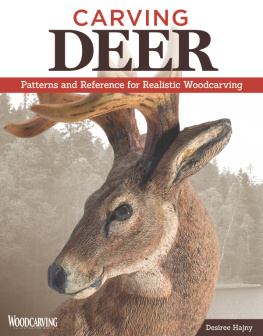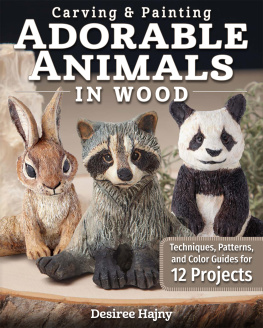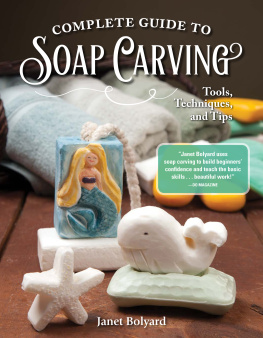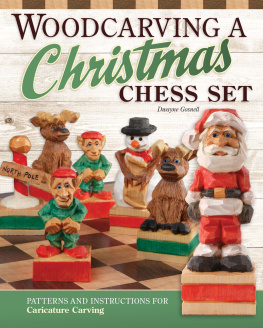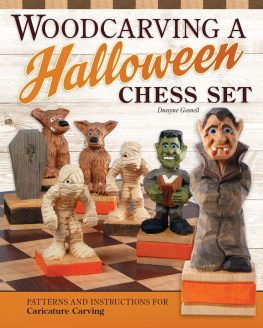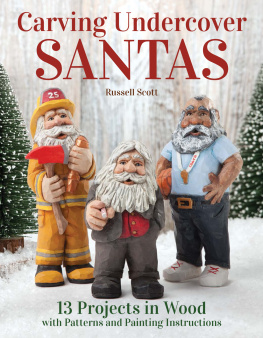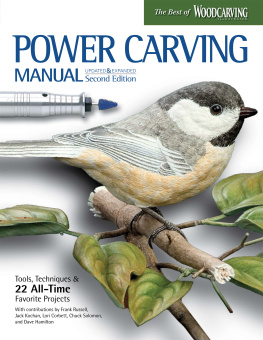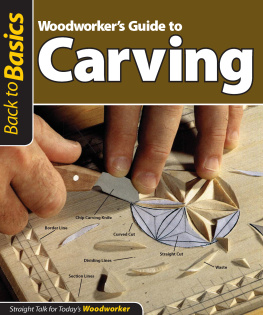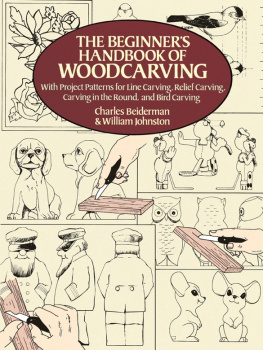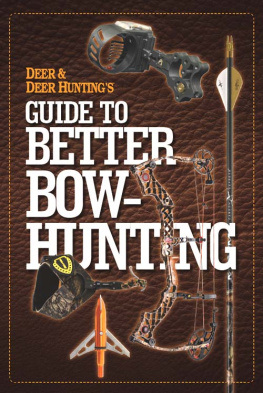Introduction
Throughout history, the deer has been a subject of study, religion, art, and more. In the present day, it is also a favorite subject for carvers, who fight to realistically capture its graceful lines and unique beauty. That is where this book comes in. With a comprehensive introduction to basic carving, woodburning, and painting techniques, as well as basic deer anatomy and form, this book provides all of the knowledge necessary to successfully carve a realistic deer. So enjoy the journey of learning and creating your own stunning deer carving, and get started here.
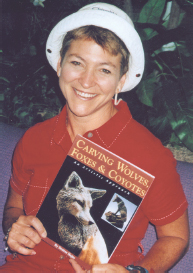
Author Biography
In addition to being an award-winning carver and instructor, Desiree Hajny was the 2003 Woodcarving Illustrated Woodcarver of the Year. She lives in Blue Hill, Nebr., with her husband, Bernie. See more of her work at http://hajny.fineartworld.com.
Dedication
I want to dedicate this book to my amazing husband, Bernie. From the moment I met him I knew he would always have my back. We are partners with everything we do and I have learned that if we utilize our strengths rather than worry about our weaknesses we will always find a way to get through (especially in the hard times). He is my partner and my best friend.
2016 by Desiree Hajny and Fox Chapel Publishing Company, Inc., East Petersburg, PA.
Carving Deer is an original work, first published in 2016 by Fox Chapel Publishing Company, Inc. Portions of this book have been reproduced from Mammals: An Artistic Approach (978-1-56523-036-1, 1994), Deer: The Ultimate Artists Reference (978-1-56523-195-5, 2003) and Woodcarving Illustrated Magazine. The patterns contained herein are copyrighted by the author. Readers may make copies of these patterns for personal use. The patterns themselves, however, are not to be duplicated for resale or distribution under any circumstances. Any such copying is a violation of copyright law.
eISBN 978-1-60765-302-8
To learn more about the other great books from Fox Chapel Publishing, or to find a retailer near you, call toll-free 800-457-9112 or visit us at www.FoxChapelPublishing.com.
Note to Authors: We are always looking for talented authors to write new books. Please send a brief letter describing your idea to Acquisition Editor, 1970 Broad Street, East Petersburg, PA 17520.
Printed in the United States of America First printing
Because working with wood and other materials inherently includes the risk of injury and damage, this book cannot guarantee that creating the projects in this book is safe for everyone. For this reason, this book is sold without warranties or guarantees of any kind, expressed or implied, and the publisher and the author disclaim any liability for any injuries, losses, or damages caused in any way by the content of this book or the readers use of the tools needed to complete the projects presented here. The publisher and the author urge all readers to thoroughly review each project and to understand the use of all tools before beginning any project.

CONTENTS
The Deer
The deer has been an all-time favorite subject of wildlife artists throughout the ages.

The deers graceful lines and genteel manner make for an interesting subject, not just for the viewer, but for the carver as well. Unfortunately, the graceful lines and thin legs and hooves of the deer also make it an intimidating subject for carvers of all skill levels. Knowing your subject thoroughly can help allay your fears and remove your reservations.
I will describe the white-tailed deer here. Before you start carving, youll want to do some additional research on your own. Start with books and videos at your local library and online. Museums and zoos are also good places to find reference material. Remember, though, that taxidermists who make museum models can sometimes make mistakes if they are not familiar with the animal. Also remember that zoo animals never exactly resemble their wild counterparts. Most are better fed and better groomed than deer in the wild.
The white-tailed deer is the most abundant hoofed mammal in North America. It lives in mixed woodlands, in second growth forests, and at the forests edge. In the summer, adults coats are tawny on the top with white on the bottom of the head, neck, belly, and tail. In winter, adults coats change to grayish-brown on top. The white-tailed deer is the only eastern deer with a tail that is white below and the same color as the back above. The antlers of the white-tailed deer have erect, unbranched tines arising from a main base.
There are species of deer other than the white-tailed deer, of course, such as the mule deer, the red deer, and many others that vary widely in shape, color, and size. This book focuses on white-tailed deer, but plenty of the information is applicable to other species. Just make sure if you decide to carve a different species than the white-tailed deer to do your research beforehand.


PLANNING TO CARVE A DEER
After you have chosen a species of deer to carve and have researched the animal thoroughly, it is time to plan your carving. Once again, I must stress that it is important to understand the animal before you attempt to carve it. Understanding the animal will help you adapt your sculpture to the woods grain. Youll be able to match the bends of the deer with the bends of the wood and better capture the essence of the animal.
Remember, too, that each deer has its own personality and its own features. Like us, some have long noses, wide noses, wide-set eyes, or large ears. Also remember that everything about your deer will play a part in your carving. Is it winter or summer? Coats change color from season to season. Is it spring or fall? Antlers will be velvety in the spring; in the fall, they will be bony, and the bucks neck will be thicker and more muscled in order to support their weight. Was it a bad winter? If so, your deer will be thin.
You will find that the project and patterns in this book are designed to make you work on studying your subject. The step-by-step project will help you carve a walking buck. The patterns include a buck bust, a doe with a fawn, and two different fawn designs. Each pattern has multiple views to help you with any redesign you wish to do. Dont be afraid to use a photocopier to enlarge or reduce a pattern.
You can also redraw patterns to create a walking deer by using the walking illustrations (). The illustrations show how a deers joints move when it walks. Notice how the shoulder moves up when it is supporting the weight. The same thing happens with the hips. The leg also shifts under the body when it is supporting the weight. One of the illustrations shows how the backbone, which is fused with the pelvis, moves along with the pelvis whenever the animal moves. Another illustration shows how the pelvis shifts right along with the step. The deers shoulders are not fused to the backbone, but they are connected to it by tendons and ligaments and will move with a turn or weight shift. See how important anatomy is to planning your carving?

